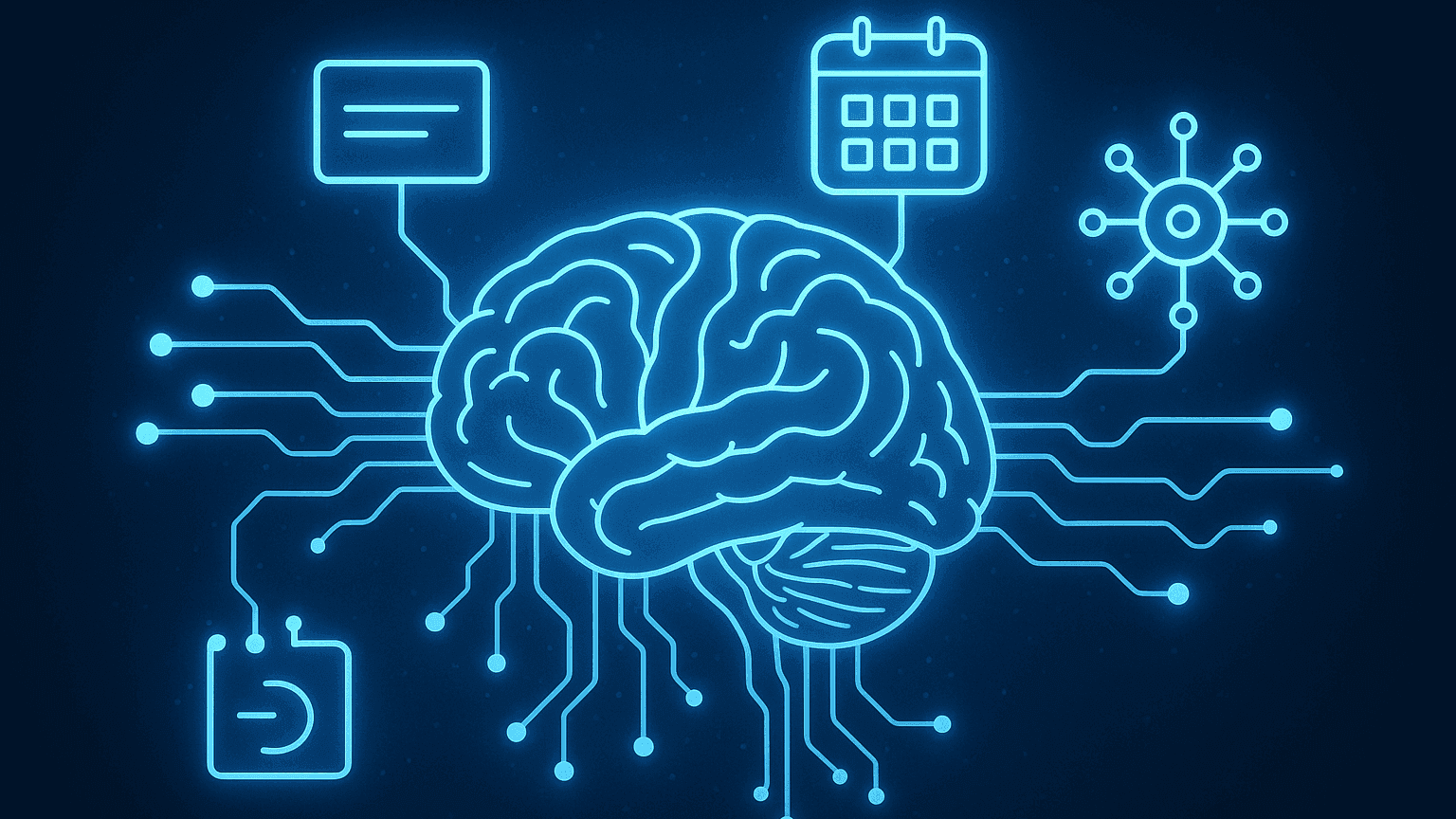
How to Study Smarter, Not Harder (With AI Support)
We’ve all heard the phrase: “Study smarter, not harder.” But what does that actually mean in practice?
For many students, studying still looks like this: highlighting textbooks, rereading notes, and cramming late at night. These methods feel productive—but research shows they often result in poor retention and wasted effort.
Studying smarter is about using evidence-based techniques that align with how your brain actually learns best. And now, with AI in your corner, these techniques are easier than ever to apply.
This post will break down how to study smarter using three high-efficiency techniques, and show you exactly how to use AI to implement them with minimal effort.
🧠 Smarter Study Principle 1: Active Recall (vs. Passive Review)
What It Is:
Active recall means trying to retrieve information from memory instead of just reviewing it. It’s one of the most powerful tools in cognitive science for long-term retention.
❌ Reading your notes again = passive
✅ Covering your notes and testing yourself = active
This forces your brain to work, strengthening memory connections.
How to Use AI for Active Recall:
Instead of manually creating questions from your notes, let AI do the heavy lifting.
Prompt Example:
“Turn the following biology notes into 10 active recall questions, varying from simple definitions to conceptual understanding: [paste notes].”
You can also ask:
“Make a daily quiz from my last 3 study sessions. Include multiple-choice, fill-in-the-blank, and short answer.”
Now, you’re not just reading—you’re engaging, retrieving, and strengthening what you’ve learned.
🧠 Smarter Study Principle 2: Spaced Repetition (vs. Massed Cramming)
What It Is:
Spaced repetition means reviewing material at increasing intervals over time, instead of all at once. It’s proven to build durable, long-term memory.
❌ Cramming the night before = massed learning
✅ Reviewing Day 1 content on Day 3, then Day 7, then Day 14 = spaced
How to Use AI for Spaced Repetition:
AI can track your learning sessions and generate review plans that adapt to your pace.
Prompt Example:
“I studied these 20 history facts today. Create a review plan using spaced repetition for the next 3 weeks.”
AI can then output a schedule like:
- Day 1: Learn
- Day 3: Review with quiz
- Day 7: Short written recall
- Day 14: Cumulative quiz
Even better—ask your AI to remind you when each review is due.
“Remind me next Thursday to review World War II causes with a custom quiz.”
Now you’re creating a memory system that works with your brain—not against it.
🧠 Smarter Study Principle 3: Interleaving and Application
What It Is:
Interleaving is the practice of mixing different topics or question types during study. It helps your brain learn to discriminate and transfer knowledge more flexibly.
❌ Studying one subject or format for too long = blocked practice
✅ Mixing topics and formats = interleaved learning
How to Use AI for Interleaved Practice:
Ask AI to blend question types and subjects intelligently.
Prompt Example:
“I’m studying biology and chemistry. Give me 10 questions that mix both subjects, with a mix of definition, application, and case analysis.”
You can also say:
“Create a 30-minute mixed session: 10 minutes of flashcards, 10 minutes of application problems, and 10 minutes of writing a summary.”
This builds mental agility and deeper understanding—especially useful when preparing for complex tests or essay questions.
🔧 Bonus AI Prompts for Smarter Studying
Here are a few more practical ways AI can help you study smarter:
- Clarify concepts: “Explain what mitochondria do, like I’m 10 years old.”
- Turn notes into flashcards: “Turn this info into Anki-style flashcards with spaced repetition tags.”
- Convert text into diagrams: “Turn these chemistry notes into a labeled concept map.”
- Rephrase in your own words: “Rewrite this definition in simpler terms.”
- Identify weak spots: “Based on these quiz results, tell me which topics I should review more.”
These make your studying more personalized, targeted, and less mentally taxing to set up.
🏁 Final Thought
Studying smarter is not about cutting corners—it’s about maximizing return on effort. When you combine proven methods like active recall, spaced repetition, and interleaving with AI’s planning and customization capabilities, you unlock a new level of learning.
With the right approach, you’ll retain more, understand more, and spend less time spinning your wheels.
So next time you sit down to study, don’t just review—recall, space, and mix. And let AI handle the setup, so you can focus on learning.